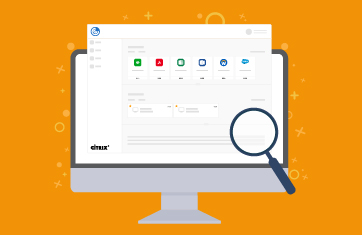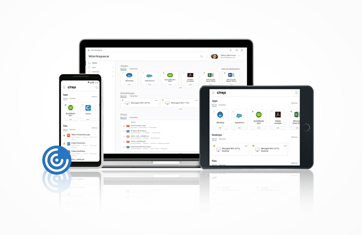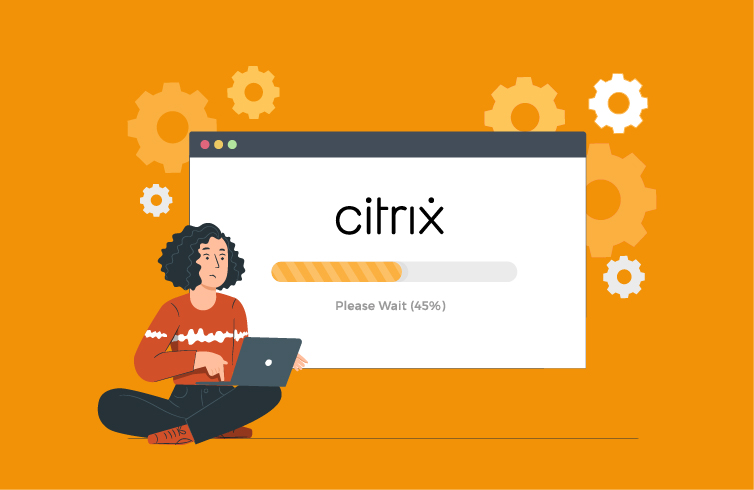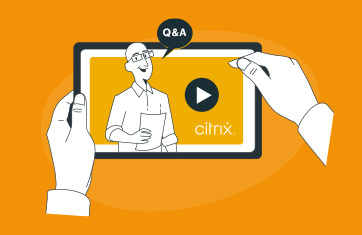Citrix
What is Citrix?
Citrix is a U.S.-based software company founded in 1989 that offers virtualization and cloud computing software. A pioneer in the remote access space, the company’s core mission is to provide a better way to work by allowing people and the enterprise organizations they work for to choose precisely what that entails.
As of September 2022, Citrix has merged with software giant Tibco as part of the newly formed Cloud Software Group.
What is Citrix used for?
Citrix creates virtualization software that is widely used by businesses and organizations of all sizes to enable remote work capabilities, where user access to applications and desktop resources is available virtually.
Businesses and their employees use Citrix to recreate the conveniences of the workplace in out-of-office settings, ensuring that remote users can maximize productivity by continuing to use their workplace tools uninterrupted.
Some of the key use cases for Citrix technology include:
Overall, Citrix technology plays a crucial role in supporting remote work, improving user experiences, and ensuring efficient application delivery in modern IT environments.
What are the key Citrix products?
Some of the key products and solutions offered by Citrix include:
What is the role of IT monitoring in a Citrix deployment?
Citrix is one of the most performance sensitive workloads in enterprise IT networks today. Even a small glitch anywhere in the infrastructure can result in screen freezes, slow logons, session disconnects and such. IT operations teams need to be able to monitor the Citrix delivery chain end-to-end in order to avoid “Citrix is slow” complaints from users.
Traditional system and network monitoring tools do not have the expertise to monitor Citrix technologies and protocols well. This is why Citrix customers have to explore specialized solutions for monitoring Citrix.
How does eG Enterprise help Citrix customers?
eG Enterprise is an end-to-end monitoring solution for Citrix technologies. Customers get all the insights they need to proactively monitor, diagnose and report on Citrix performance. By monitoring end-to-end, eG Enterprise not only highlights times when Citrix is slow, but it also provides the diagnosis necessary to resolve issues, i.e., is it a network issue, virtualization problem, Active Directory issue, etc. The solution is simple to use, so even helpdesk staff can use eG Enterprise effectively to resolve user complaints.
Learn more about how eG Enterprise complements built-in monitoring tools from Citrix to provide a single pane of glass for IT admins: https://www.eginnovations.com/white-paper/citrix-infrastructure-monitoring-through-a-single-pane-of-glass





